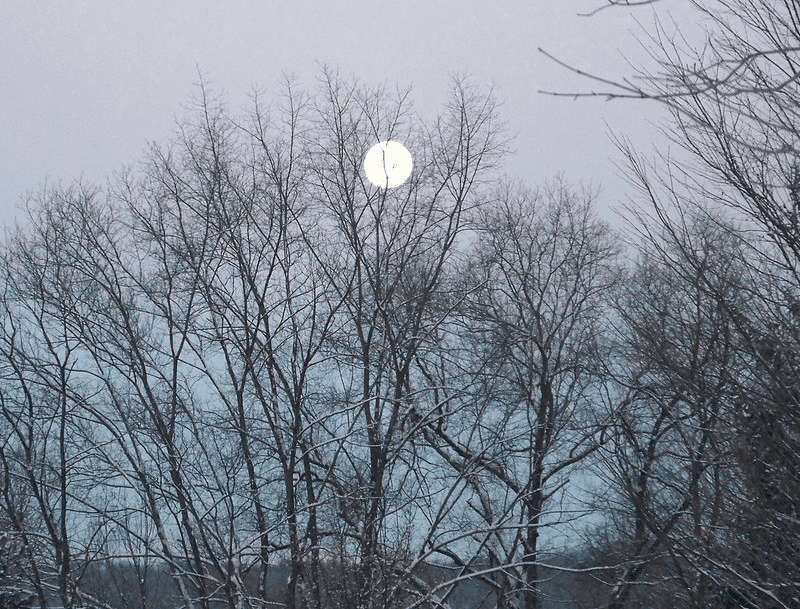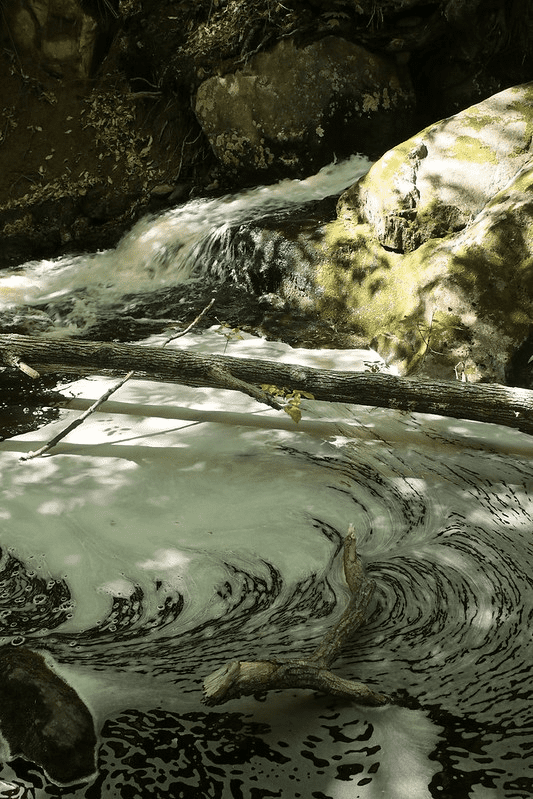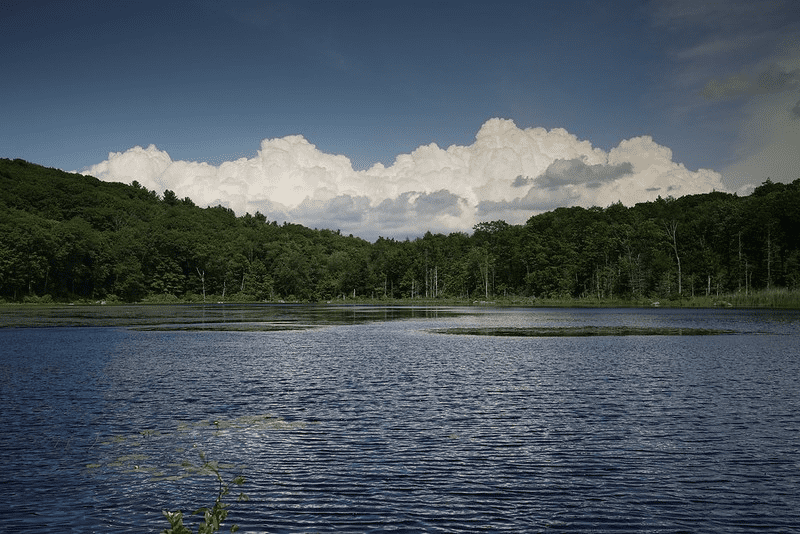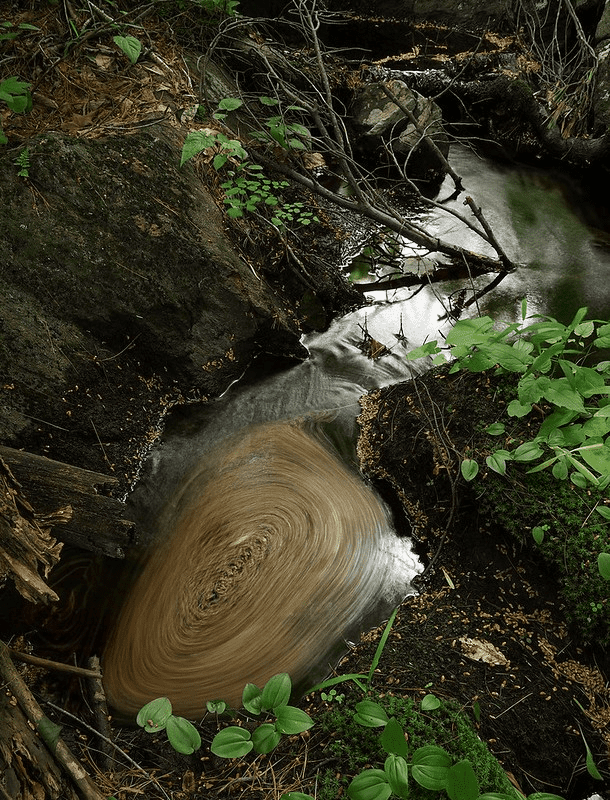Our Environment, Animal Tips & the Great Outdoors
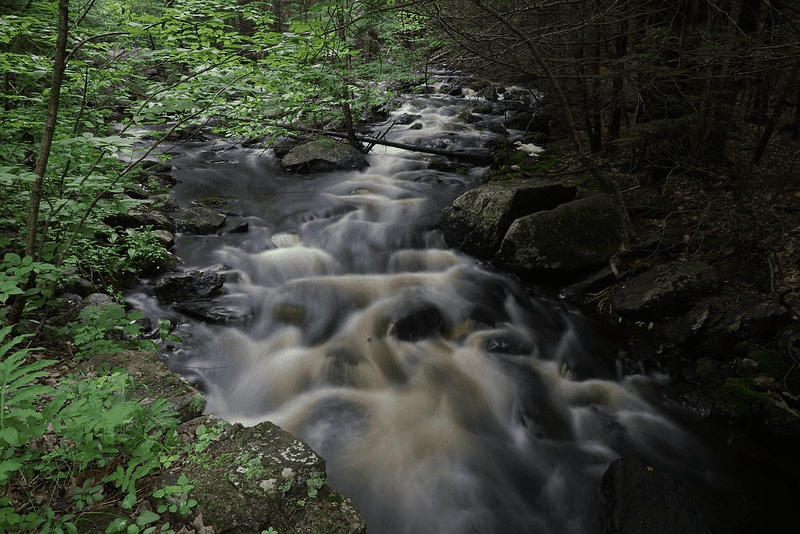
Fractals Over Pixels: Nature’s Healing Patterns
Remember taking high school geometry? You thought it was terrible for your mental health and something you’d never need in the “real world” – once the final exam was over. Well, what if you found out that geometry in the form of fractals has positive health effects and that fractals abound in the real world of the forest?
What’s a Fractal?
In 1975, Benoit Mandelbrot introduced the term “fractal” in The Fractal Nature of Geometry to explain simple mathematical rules to describe elements that seem chaotic, complex, and non-repetitive.
According to the Fractal Foundation, fractals are never-ending repetitive patterns. The complexity in these patterns begins with repeating a simple process over and over again. In nature, you can find fractals in lightning bolts, rivers, and trees. An oak tree, for example, sprouts a branch, then that branch grows a branch, and so on, repeating the fractal pattern throughout the entire tree.
You can also find fractals in clouds, snowflakes, lakes, and coastlines. The human body possesses fractal patterns in the lungs and neurons. Spiral fractals that repeat and “combine expansion and rotation” create the spiral of hurricanes, sunflowers, fiddlehead ferns, and pinecones.
Fractals stand opposite Euclidean geometry (the high school kind) that we notice in human-made structures with lines and without repetition. We see those more and more in our lives, but they don’t make us feel better – fractals do.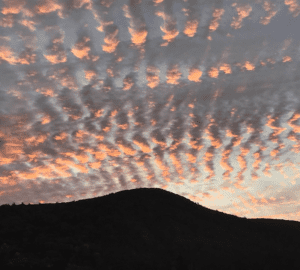
Soothing to the eye
According to physicist Richard Taylor at Oregon State University, “Your visual system is in some way hardwired to understand fractals. The stress-reduction is triggered by a physiological resonance that occurs when the fractal structure of the eye matches that of the fractal image being viewed.” Taylor has found that even focusing on a fractal for a short duration can trigger alpha-wave brain activity which induces a “relaxed wakefulness.”
Taylor also posits that our visual activity follows a fractal pattern as it scans for meaning in our visual field. This pattern sweeps from larger to smaller as we take in what’s in front of us.
Florence Williams, in her book The Nature Fix: Why Nature Makes Us Happier, Healthier, and More Creative, writes that complicated scenes, like New York City street corners at rush hour (pre-COVID), are difficult for our visual process to take in and that leads to discomfort. It seems natural that our visual cortex would feel most comfortable looking at the naturally-occurring repetitive patterns that were part of our evolution.
The problem is, in our teched-up human-made environment, we’re not getting enough of soothing fractal patterns. Williams writes, “As we increasingly surround ourselves with straight Euclidean-built environments, we risk losing our connection to the natural stress-reducer that is visual fluency.” More time in the natural world can reverse this.
Great Mountain Forest is a fractal playground. Its 6,200 acres of forest, ponds, and trails provide an endless chain of fractal patterns that can ease stress and cultivate your alpha-wave thrive state. Next time you’re feeling anxious and overwhelmed, take yourself to the Forest and soothe yourself with nature’s stress reliever–fractals.
by Mary B. O’Neill, Ph.D.
Great Mountain Forest’s mission is to promote the working forest as a renewable resource, a habitat for wildlife, and a classroom for training and education. We leave the forest better than we found it, pass on all that we learn to others, and provide a sanctuary for those who love the woods.

